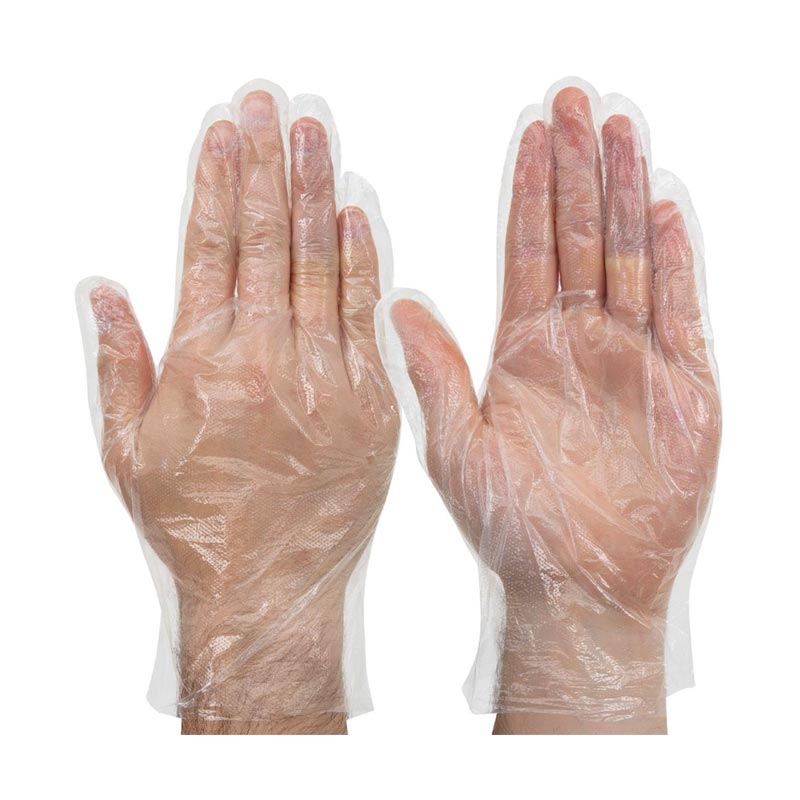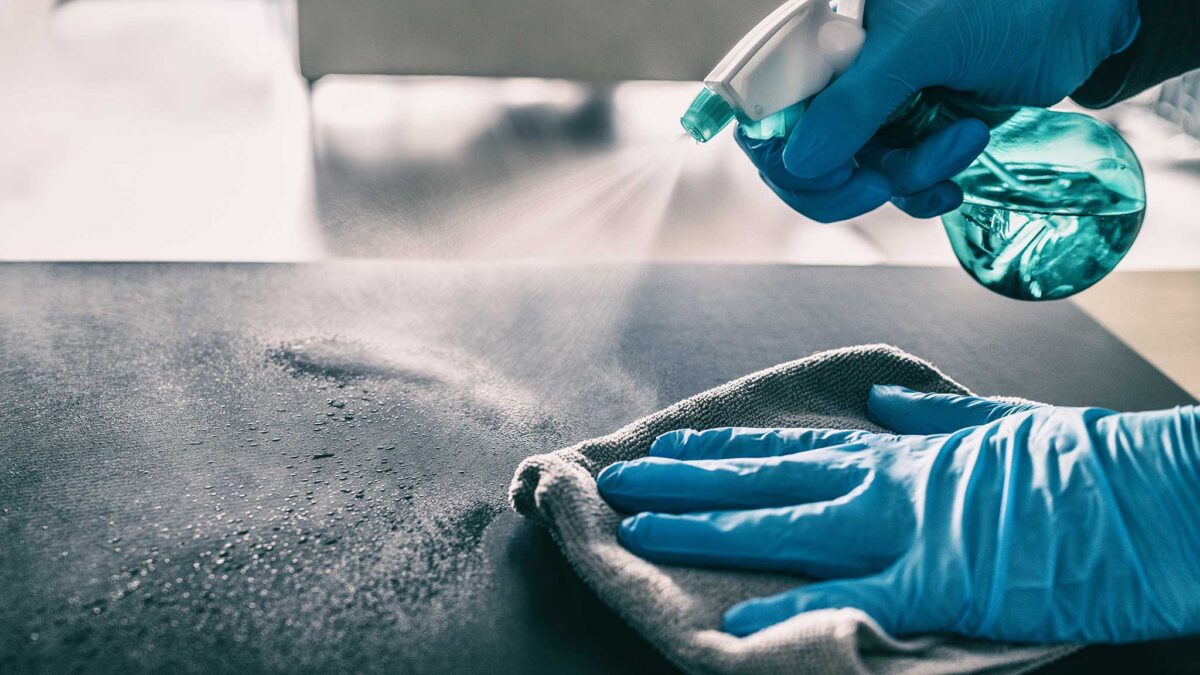Latex v. Nitrile v. Vinyl and Polyethylene
Disposable gloves are probably the most commonly used item of Personal Protective Equipment (PPE). When purchasing gloves it is critical to consider their intended use and purchase the type of material best suited for that use. The most common gloves found in a healthcare setting are those manufactured from latex, nitrile, and either vinyl or polyethylene (1). This blog post provides a simplified comparison between each of these types, and highlights the advantages and disadvantages of each.
As the Covid-19 crisis has created a significant strain on PPE supply lines, the CDC has provided guidelines for optimizing the available supply of disposable gloves and has provided a chart highlighting gloves similar to FDA-cleared surgical and examination gloves, but approved under other U. S. or international standards (3). That information can be found here: https://www.cdc.gov/coronavirus/2019-ncov/hcp/ppe-strategy/gloves.html

Latex
- Natural rubber glove made from Hevea brasiliensis tree sap
- Some individuals may have an allergy to latex
- Chlorination/polymer coating added for easy donning and doffing
- Powdered gloves were banned by the FDA in 2016 (2)
- Glove is thin, stretchy, and tight-fitting, allowing user to maintain optimum tactile sensation even with long-term wear
- Excellent fit enables fine motor control during delicate procedures and double-gloving for procedures still allows user great dexterity
- Difficult to tell when the glove has been compromised
- Strong enough for handling infectious materials, but not effective against chemicals or solvents (1)
- Biodegradable, but it can take decades to do so; recycling is possible with highly specialized waste-management programs (6) (7)
- Available in both non-sterile exam and sterile surgical grade
- Surgical-grade latex gloves offer the best available protection against bacteria and viruses (1)

Nitrile
- Most popular gloves, used widely in medical settings
- Made from heating and blending natural rubber with a synthetic tripolymer; produces an end product with the feel of natural rubber, but without the latex (5)
- Nitrile gloves do not contain natural proteins; there is little chance of an allergic reaction, as allergies to petroleum products are extremely rare
- Strong, elastic, and puncture resistant (1)
- Nitrile gloves are up to 5 times stronger than latex, significantly improving the level of user protection (5)
- Fluid-safe and excellent chemical resistance (1)
- Biodegradable, but it can take decades to do so; recycling is possible with highly specialized waste-management programs (6) (7)
- Manufacturing techniques have improved the fit of nitrile gloves, making them comparable to latex gloves for delicate or highly tactile work
- Tendency to tear when punctured, making it immediately apparent that the glove has been compromised
- Available in both non-sterile exam and sterile surgical grade
- Surgical-grade nitrile gloves offer the best protection when dealing with chemicals or other harmful agents (1)

Vinyl or Polyethylene
- Fully synthetic manufacturing from either polyvinyl chloride (PVC) or polyethylene
- Inelastic, ill-fitting, and uncomfortable
- Ideal for high turnover situations where the aim is preventing contamination by the handler, such as food service (1)
- Latex-free, allergies to PVC is extremely rare
- Loose fit can be a disadvantage for delicate work; non-sterile only
- Cheap to mass-produce
- Anti-static
- Not biohazard or chemical safe (1)
- Not biodegradable; may be recyclable in certain circumstances (6) (7)
- Best for non-hazardous, light hospital procedures where the aim is protecting the environment from contamination by the user (1)
Detailed Glove Comparisons
Gloves Conforming to Other US and International Standards – CHART
FDA Bans Powdered Gloves
Latex from tree
Nitrile manufacture
Recycle Gloves

